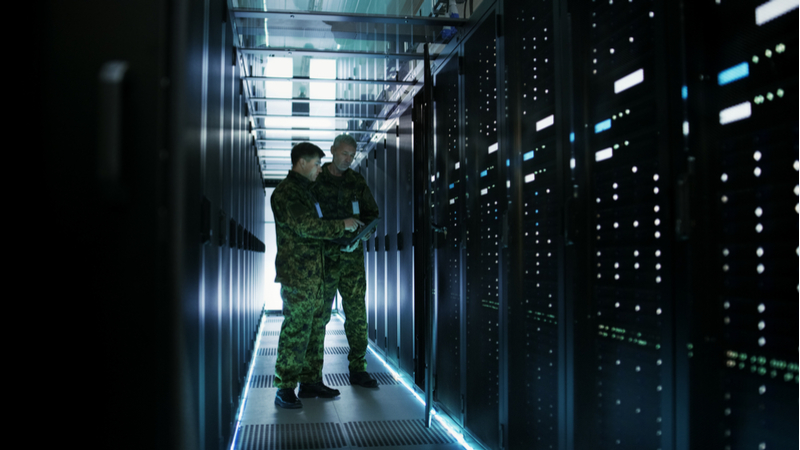
Military personnel who complete advanced cyber training – which can take more than a year and cost the Defense Department (DoD) hundreds of thousands of dollars – may not remain in the service for a significant time after their training, a Dec. 21 report from the Government Accountability Office (GAO) found.
“We found that two of the four military services are not positioned to ensure adequate return on their investment in advanced cyber training,” the 49-page document says.
The Navy and Air Force have guidance requiring a three-year active-duty service obligation for military personnel who receive lengthy and expensive advanced cyber training, GAO said. But the Marine Corps and the Army have little to no guidance in this area.
“This training prepares personnel to fill the Interactive On-Net Operator work role, identified as critical by U.S. Cyber Command,” GAO said.
The study found that the Marine Corps does not have post-training guidance, and the Army’s guidance does not clearly define active-duty service obligations. GAO estimated that active-duty officers receiving cyber training in the Army stay in the service for less than two years.
“To accomplish its national security mission and defend a wide range of critical infrastructure, DoD must recruit, train, and retain a knowledgeable and skilled cyber workforce,” the watchdog agency wrote.
“However, DoD faces increasing competition from the private sector looking to recruit top cyber talent to protect systems and data from a barrage of foreign attacks,” GAO added.
GAO was required to review retention challenges and service obligations for active-duty cyber personnel by the National Defense Authorization Act for Fiscal Year 2022. The bill also called for the agency to review cyber staffing gaps from 2017 to 2021.
The Federal government watchdog agency found that staffing gaps – the difference between the number of personnel authorized and the number of personnel staffed – were present in some active-duty cyber career fields over the last four years.
Specifically, most of the Navy, Army, and Air Force cyber career fields were staffed at 80 percent or higher compared with the number of authorized personnel. However, four of the six Marine Corps career fields were below 80 percent of authorized levels in fiscal year 2021.
The Army, Air Force, and Marine Corps do not track staffing data by work role. As a result, military service officials cannot determine if specific work roles are experiencing staffing gaps, GAO said.
The agency made six recommendations, including that the “Army and Marine Corps clearly define active-duty service obligations for advanced cyber training in guidance, and that the Army, Air Force and Marine Corps track cyber personnel data by work role.”
DoD concurred with the recommendations.
